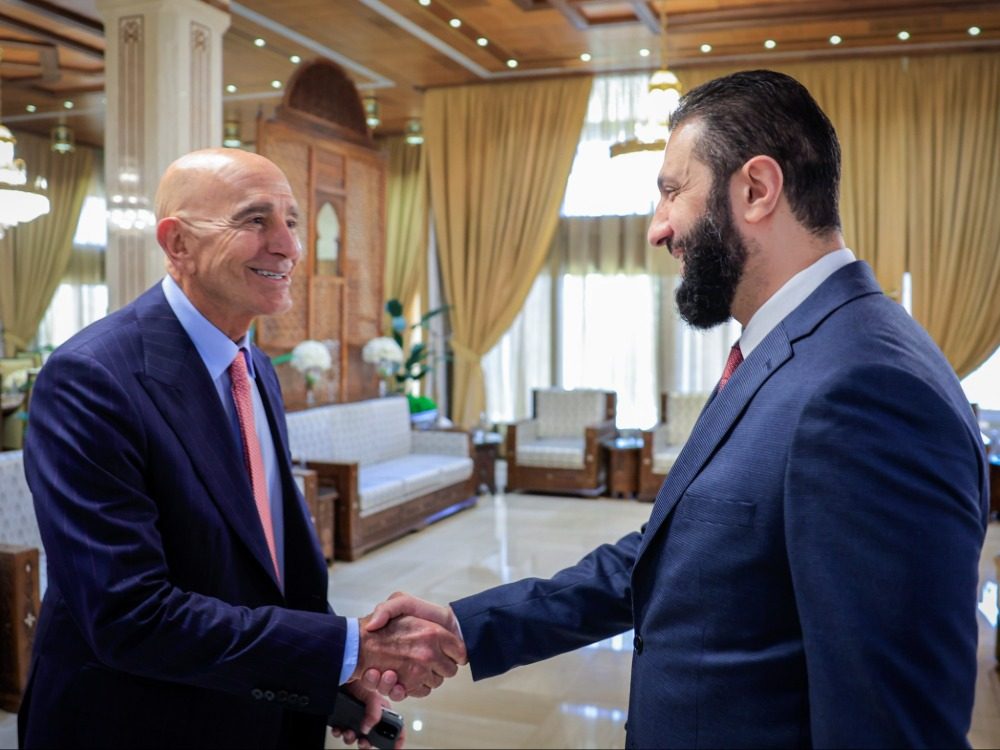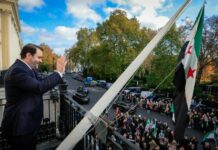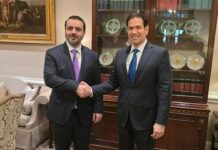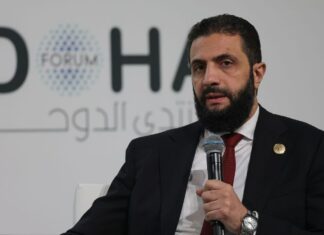
The Syrian Democratic Forces (SDF) and the Syrian government agreed Tuesday, October 7, to an immediate, comprehensive ceasefire after days of violent clashes in Aleppo that threatened to unravel the landmark March 10 agreement aimed at integrating SDF institutions into the Syrian state.
Syrian Defense Minister Maj. Gen. Marhaf Abu Qasra announced the ceasefire in a post on X, formerly Twitter, after meeting with SDF commander Mazloum Abdi in Damascus. “We agreed to a comprehensive ceasefire on all fronts and military deployment points in northern and northeastern Syria, with implementation to begin immediately,” Abu Qasra wrote.
The announcement followed intense fighting late Monday between SDF units and Syrian army forces on the outskirts of Aleppo’s Sheikh Maqsoud and Ashrafieh neighborhoods, which left one internal security officer dead and three wounded, according to the Syrian Arab News Agency (SANA).
US Envoys Facilitate Renewed Dialogue
The ceasefire talks were part of a day of diplomatic activity in Damascus. Syrian President Ahmad al-Sharaa met separately with Abdi and with a US delegation that included Special Envoy Tom Barrack and US Central Command (CENTCOM) chief Adm. Brad Cooper.
According to the Syrian presidency, discussions focused on preserving Syria’s sovereignty, implementing the March 10 agreement, and ensuring long-term stability. Barrack told Al Arabiya English that the meetings were “constructive,” urging both sides “to make mutually satisfactory decisions” and commit to peace.
A government source confirmed to Agence France-Presse that the US envoys attended the Sharaa–Abdi meeting alongside Foreign Minister Asaad al-Shaibani. The meeting came amid growing concern over the SDF’s repeated violations of the truce, including shelling of residential areas in Aleppo.
Regional Stakeholders Weigh In
Turkey has closely monitored the situation. President Erdogan said the SDF “must honor their commitments and integrate with Syrian institutions,” stressing that cooperation between Turks, Kurds, and Arabs was essential for “lasting regional stability.” Turkish media also reported that Ankara might consider joint military operations with Damascus if the SDF fails to join the Syrian army.
In Ankara, Nationalist Movement Party leader Devlet Bahçeli voiced support for the March 10 accord, calling on the SDF to disarm and join the political process. Syrian Foreign Minister Shaibani is expected to visit Turkey on Wednesday to discuss future security arrangements.
Fragile Truce Amid Deep Divisions
Despite the ceasefire, tensions remain high. Aleppo’s governor, Azzam al-Gharib, closed schools and government offices Tuesday after the clashes, saying that the army’s redeployment was meant “to preserve the safety and security of citizens.”
The Syrian Ministry of Defense reaffirmed its commitment to the March agreement but accused the SDF of “targeting civilians and security forces” and “attempting to control new areas.” The ministry denied any plans for a new offensive, saying troop movements remain defensive in nature.
The SDF’s use of force in Aleppo is seen by Damascus as an attempt to maintain leverage in negotiations over integration and local administration. Whether the ceasefire holds may determine the future of cooperation between the separatist group and the central government—and, by extension, Syria’s path toward reunification after 14 years of war.









